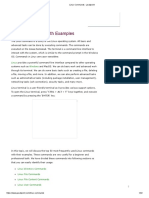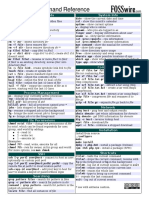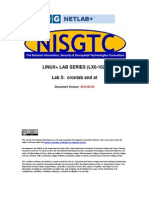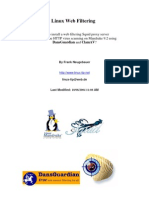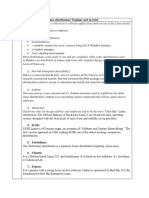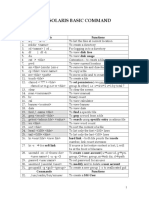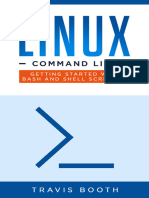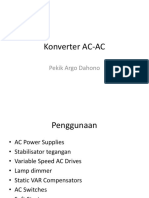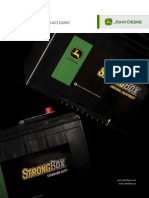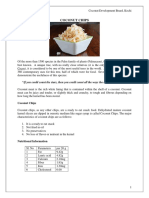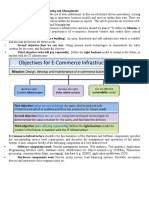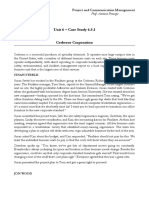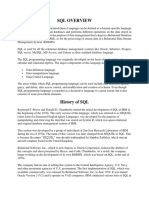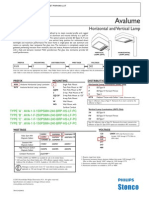0% found this document useful (0 votes)
304 views134 pagesLinux Interview Questions Guide
The document provides 60 interview questions about Linux basics, file permissions, redirection, automation, services, networking, SSH, processes and system monitoring. The questions cover common Linux commands and concepts for system administration.
Uploaded by
Abhinav OliCopyright
© © All Rights Reserved
We take content rights seriously. If you suspect this is your content, claim it here.
Available Formats
Download as PDF, TXT or read online on Scribd
0% found this document useful (0 votes)
304 views134 pagesLinux Interview Questions Guide
The document provides 60 interview questions about Linux basics, file permissions, redirection, automation, services, networking, SSH, processes and system monitoring. The questions cover common Linux commands and concepts for system administration.
Uploaded by
Abhinav OliCopyright
© © All Rights Reserved
We take content rights seriously. If you suspect this is your content, claim it here.
Available Formats
Download as PDF, TXT or read online on Scribd
/ 134







